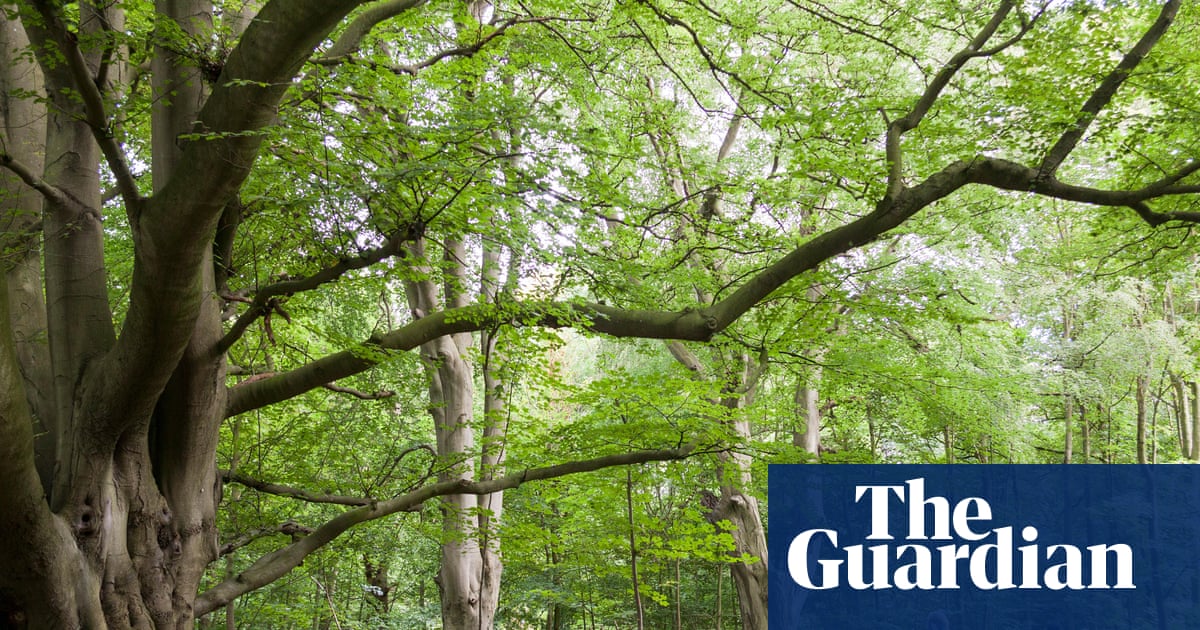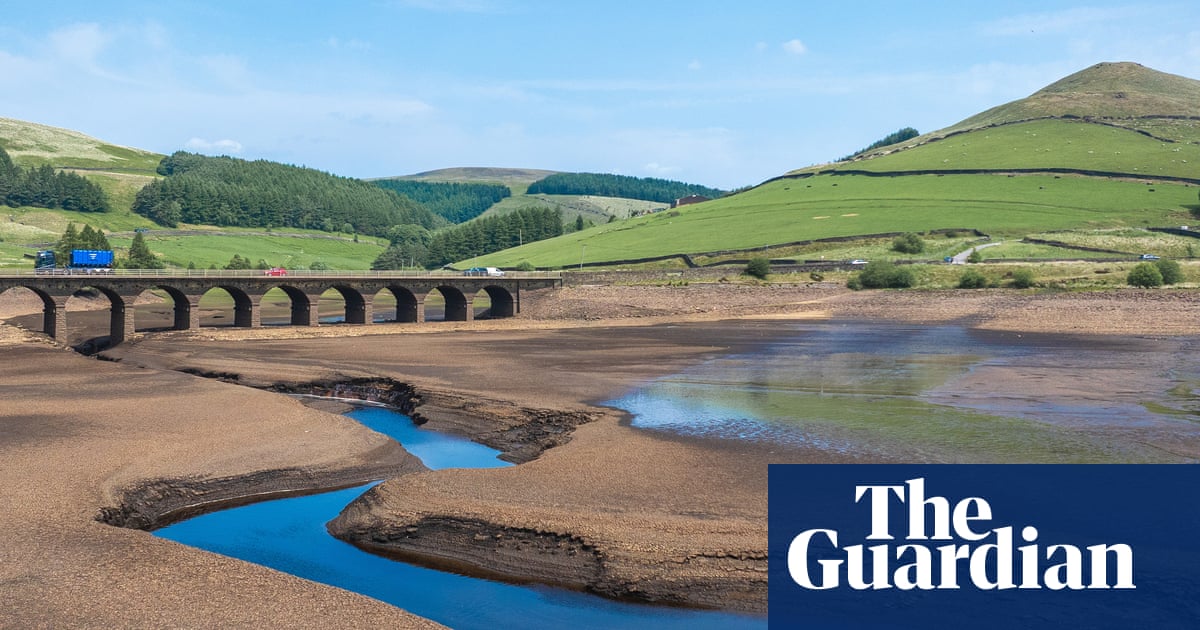Step up restoration of ancient woodland before it is lost, Forestry England urged | Trees and forests

Forestry England needs to urgently step up its ancient woodland restoration before the irreplaceable habitat is lost for ever, campaigners have said.
Findings by the campaign group Wild Card suggest that in the 10 most recently assessed years Forestry England, which is in charge of the country’s woodlands, has fully restored just 5.8% (2,484 hectares/6,138 acres) of publicly owned plantations on ancient woodland sites (PAWS).
The actor Judi Dench has joined a campaign to conserve the “ancient wisdom” and ask for a funded government strategy to urgently restore England’s oldest and most precious forests.
The ancient woodlands of England are critically important habitats for many rare creatures, with irreplaceable ecosystems created by the mature trees. The term covers areas that have been wooded continuously since at least AD1600.
Throughout the UK, as much as 70% of ancient woods has been lost or damaged in the last 100 years due to conifer plantations, overgrazing and the spread of invasive species such as rhododendron.
A Forestry England spokesperson said restoration “can be difficult, needs care and takes time. Some woodlands can have trees replaced more quickly than others, some are more challenging. Deer and squirrels can stop trees from regenerating naturally. Planting native trees and protecting them can be expensive and time-consuming. And we must choose the right pace for the woodland: clear-felling large areas of PAWS can harm the ancient features we want to protect such as fungi-rich soils.”
In 2022, the Department for Environment, Food and Rural Affairs (Defra) set a new national target to restore or start the restoration of the majority of ancient woodlands covered with plantations by 2030, following a missed initial target of 2020. The campaigners argue that at the current rate of progress Forestry England will not be able to fully deliver on this target until 2111, more than 80 years late.
Forestry England gives a baseline year of 2013-14 for improvement on its natural capital accounts. Since then the body has fully restored just 5.8% of its total PAWS to a semi-natural score of 1 (woodlands where more than 80% of the tree cover is native species). In 2013-14, 9,066 hectares were already in this condition, so 11,550 hectares (or 26.99%) of Forestry England’s 42,781 hectares of PAWS can be considered to be restored ancient woodlands. The campaigners’ analysis of Forestry England’s data, where they grade forests in categories of 0-5, found that in total just 10.5% of the public forest estate, or 3,553ha, had been upgraded between categories.
after newsletter promotion
Forestry England spokesperson argue that the analysis is misleading. “We have met, and are still meeting, our commitments because we are restoring all of our PAWS and have been for many years. Using the skill and expertise of our foresters and ecologists, we have removed non-native trees from every one of our PAWS and are still doing so.
“We agree that restoring PAWS is important and it is a key part of our work to reverse the biodiversity crisis. We have a good track record of successful restoration projects across the country, and have an ambition to double our rate of PAWS restoration. At over 40,000 hectares, it is arguably the largest nature restoration programme in the country.”
A recent government report found there was currently no definition of important trees, and that some of the UK’s most culturally important trees had no protection whatsoever. The researchers have advised ministers to create a taskforce within the next 12 months to clearly define “important trees” and swiftly prepare an action plan to save them.
Rosie Smart-Knight, a campaigner at Wild Card, said: “The state of Britain’s nature is a source of national shame and nowhere is this more apparent than with the appalling treatment of our ancient woodlands. We recently saw the public outcry over the felling of just two trees, the iconic Hadrian’s Wall sycamore and a 500-year-old oak next to a Toby Carvery. When you consider how many similarly wondrous and charismatic trees would have stood in our ancient woodlands you get a sense of the devastating loss across the nation.
“Despite being the guardians of our public forests, Forestry England receives shockingly little support from Defra for the restoration of our nation’s ghost woods. Defra must step up and financially support Forestry England to follow through on restoration targets or risk losing half of our ancient woodlands for ever.”
Dench said: “Forestry England is responsible for over 100,000 acres that were once ancient, life-filled woodland. These were places of deep memory and wild beauty. But instead of letting nature return, much of the land has been smothered with fast-growing timber plantations. These places are now often uniform, silent and sterile. In the process, we’ve lost so much of the rich biodiversity that once thrived there.
“I’ve always felt there is profound wisdom in trees, an ancient wisdom that we need to retain and let speak again. That’s why this matters so much to me. Thankfully beneath these silent ghost woods, the heartbeat of life is still beating. Fragile threads of fungal networks and native seed banks are still clinging on. But scientists are warning us that they won’t last much longer. If we don’t act soon, they’ll be lost for ever. It’s time to let these forests live and breathe once more.”
Source link






